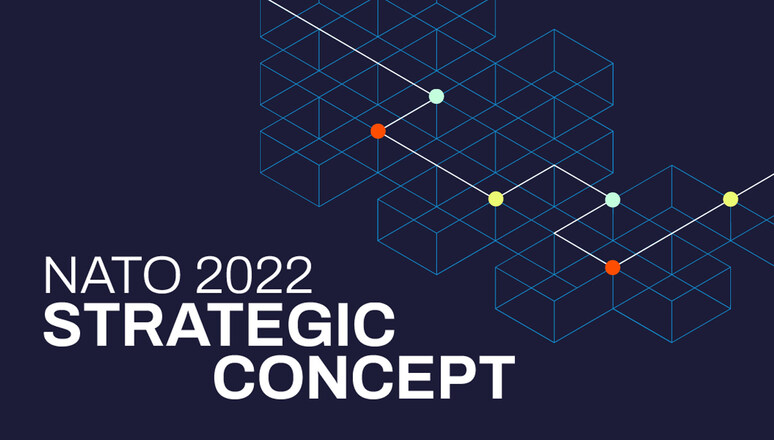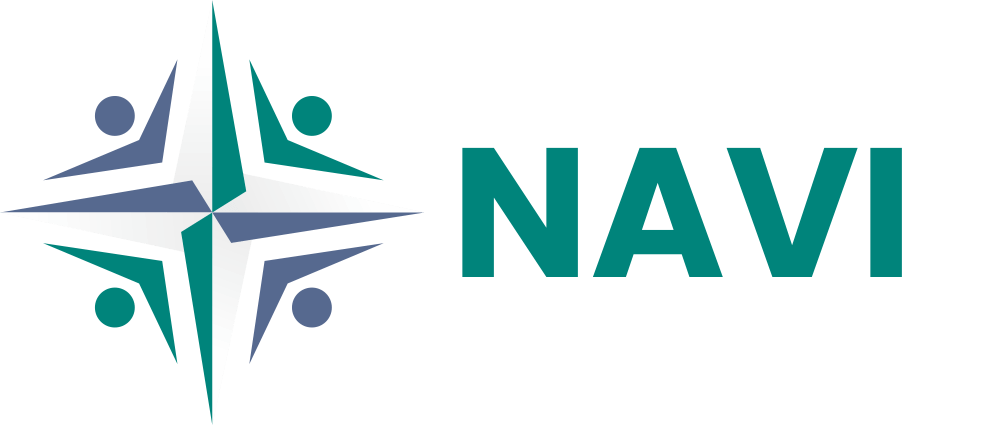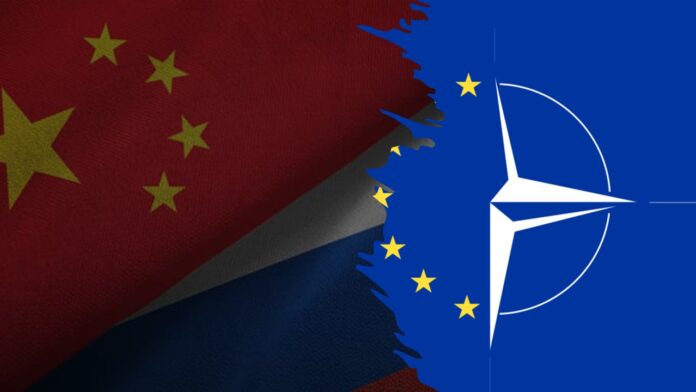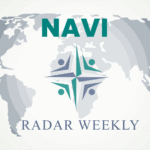In the face of escalating geopolitical tensions, primarily emanating from China and Russia, the need for NATO and the EU to bolster their industrial capacity has never been more pressing. The transition from a capacity-based defense planning strategy to a threat-based approach underscores a fundamental shift in how security challenges are perceived and addressed. As articulated by the NATO Veterans Initiative (NAVI), recent developments, such as China’s assertive stance regarding Taiwan and Russia’s military buildup, necessitate a reevaluation of traditional defense paradigms. This commentary paper aims to provide a comprehensive assessment of the urgency and implications of enhancing industrial capacity within NATO and the EU to counter the evolving threats posed by China and Russia effectively.
Assessing the Threat Landscape
The evolving security landscape is characterized by many challenges, including territorial disputes, military provocations, and strategic assertiveness. China’s increasing assertiveness in the Indo-Pacific region, highlighted by its readiness for a potential Taiwan invasion by 2027, presents a significant strategic challenge.

Admiral John Aquilino’s warnings about China’s military buildup and intelligence indicating President Xi Jinping’s timeline to the People’s Liberation Army underscore the urgency for NATO to reassess its defense planning strategies.
Similarly, Russia’s aggressive military activities, as evidenced by its actions in Ukraine and Eastern Europe, pose a direct threat to NATO’s collective security. Concerns raised by Poland’s National Security Agency and Prime Minister Donald Tusk about the potential for direct attacks against NATO member states underscore the imperative for action.
Transitioning to a Threat-Based Defense Planning Strategy
The transition from a capacity-based defense planning strategy to a threat-based approach is not just a strategic shift but a crucial imperative for NATO and the EU. While capacity-based planning focuses on building military capabilities irrespective of specific threats, a threat-based approach prioritizes identifying and mitigating particular threats. This transition necessitates a thorough evaluation of the financial, political, and operational implications. Lieutenant General Carsten Breuer’s observation about Russia’s war-fighting material production and its potential impact on future conflicts underscores the urgent need for NATO to adapt its defense planning strategies accordingly.
Enhancing Industrial Capacity
Enhancing industrial capacity within NATO and the EU is central to addressing the evolving threats from China and Russia. This entails investing in defense industries and fostering innovation, interoperability, and resilience. Discussions at the NATO Summit will delve into the feasibility and timeline for enhancing industrial capacity to meet the demands of the evolving threat landscape. Financial commitments, technological advancements, and political cooperation will be essential in achieving this objective.

Shaping NATO’s Strategic Direction
The outcome of the NATO Summit deliberations will shape the alliance’s strategic direction in enhancing industrial capacity and readiness. It will catalyze coordinated efforts with EU partners to fortify collective defense capabilities and uphold security and stability across the Euro-Atlantic region. By leveraging the expertise and insights of NATO’s highest decision-making authorities, the alliance can effectively navigate the complexities of the contemporary security environment and ensure its continued relevance and effectiveness in safeguarding international peace and security.
Conclusion
As NATO and the EU confront the challenges posed by China and Russia’s assertive military stances, the imperative for enhancing industrial capacity has never been more apparent. The transition from a capacity-based to a threat-based defense planning strategy requires a concerted effort to adapt to evolving security dynamics. By prioritizing industrial capacity enhancement, NATO and the EU can effectively address emerging threats and uphold collective security in an increasingly complex and unpredictable world.
I will focus on the urgency and timeline for bolstering industrial capacity within NATO and the EU. This is in response to the escalating challenges posed by China and Russia’s aggressive military stances, particularly in the Indo-Pacific and Eastern Europe, which are also pointed out as the official end of globalization. Recent statements from Chinese officials regarding Taiwan and assessments of Russian aggression underscore the pressing need for NATO to reassess its defense planning and industrial capabilities.
2027 and 2029 are the two most well-known dates for assessing these conflicts. The necessity and urgency of determining the transition from a capacity-based defense planning strategy to a threat-based approach and its implications for addressing the evolving security landscape on the one hand, on the other hand, regarding preparedness, there is still little discussion about the time NATO-EU needs for implementation.
Besides all strategies, funds, lessons learned, etc., do NATO and the EU have enough time to build industrial capacity for building military capacity to tackle our risks and threats emanating from China and Russia?
As a graduate of the U.S. Army War College and a former senior civil servant, Mr. Umit Kurt is dedicated to advancing the field of international relations as a Ph.D. researcher at UCLouvain in international relations in Belgium.
His research delves into the dynamics of International Institutions with their diverse members, the ethics of reconciliation, the complexities of migration, and the overarching governance of digital ecosystems.
With a career that spans over two decades, he has been at the forefront of leading and contributing to task forces in various capacities, including NATO Peace Operations and strategic NATO Headquarters.
Mr Kurt’s professional journey has been enriched by a Master of Business Administration. His expertise in Global Governance for Digital Ecosystems was honed through a consultancy role at PA Europe-Belgium, a prominent multinational public affairs firm.





